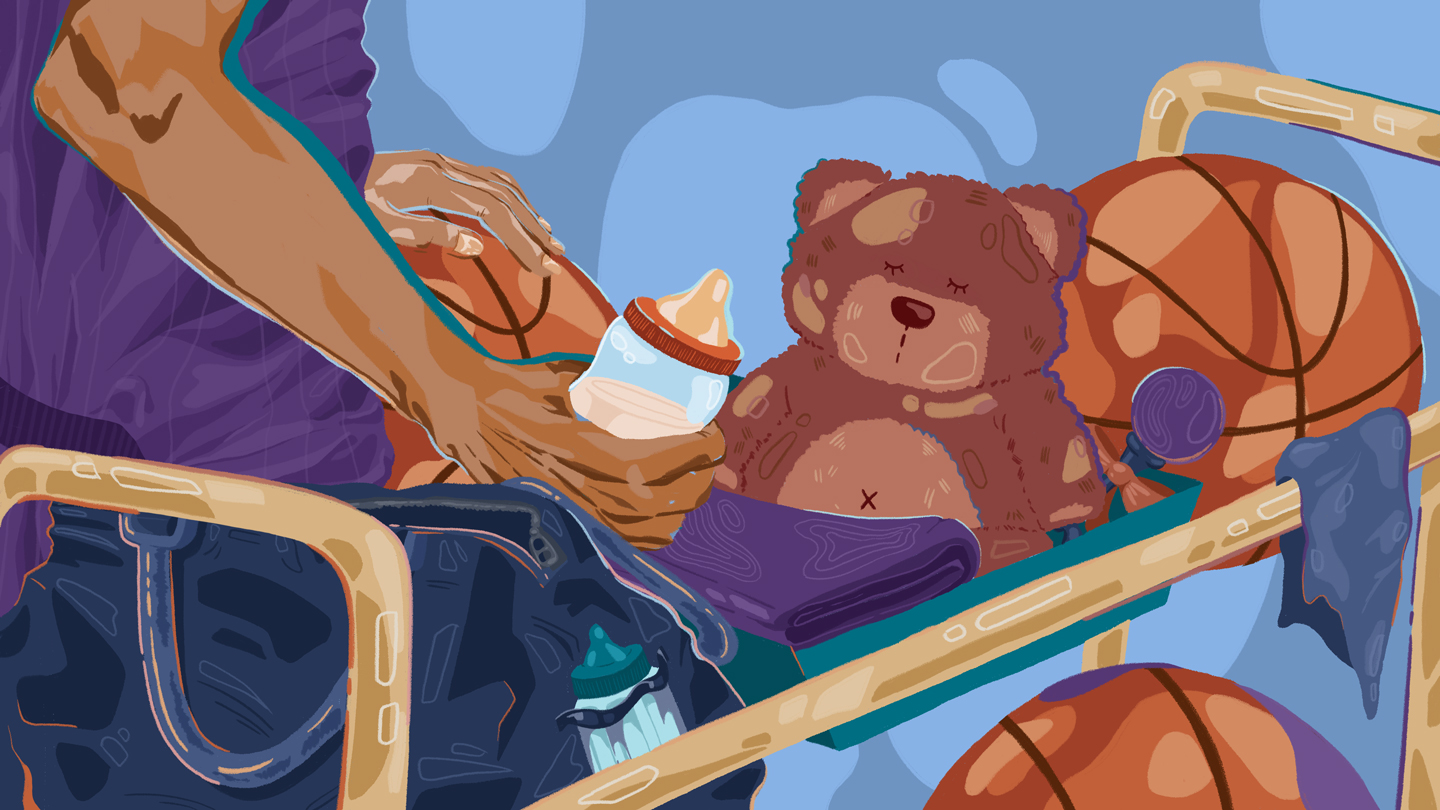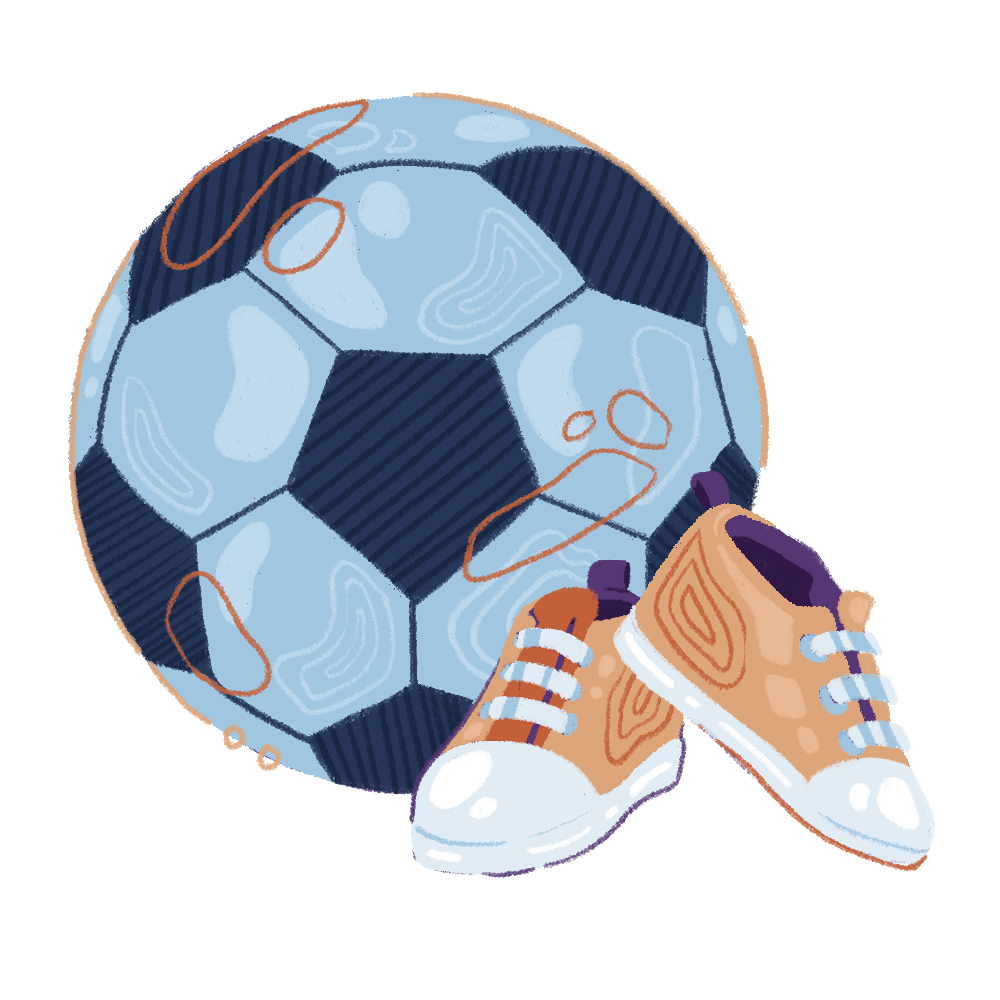A
s pro sports leagues navigated their returns to play in 2020, there was a lot of discussion of the bubble formats employed to ensure player safety and attempt to avoid any outbreaks of COVID-19. Conversation centred around the major men’s leagues, as it always does, and all those athletes were sacrificing, the time they were being asked to take away from their families and cooped up in hotel compounds.
But there was another side to bubble life, one that was convenient in many ways and far more common in women’s leagues. With no need to travel, athletes could stay in the same place in-season for a month or more and establish a routine. In leagues where chartered flights and five-star hotels aren’t the norm, that lack of travel could be a blessing, and for mothers, it meant unprecedented access to both their children and childcare.
“The first time we really got that support was in 2020,” says Jess McDonald, a veteran forward for the National Women’s Soccer League’s Racing Louisville FC, who was with the North Carolina Courage in the bubble. “That was the most help, honestly, that I’ve gotten from this league. Specifically, I was able to fly in whoever I wanted to, to come and watch my kids. I was able to bring in relatives to be my sitter in that bubble.”






